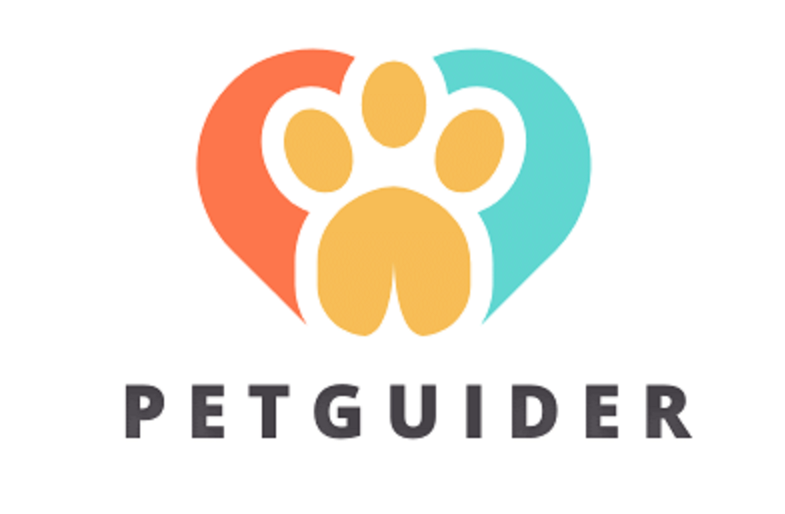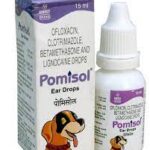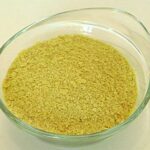A healthy and balanced diet has a positive impact on a dogs current and future health and also helps to reduce the chances of behavioral issues from occurring.
In fact, a dog’s diet can play a larger role in their overall quality of life than many dog owners realize.
Did you know that a large percentage of serotonin is produced in the gut rather than the brain? This means that a healthy microbiome can have a direct impact on how happy and relaxed a dog is.
But if you’ve never owned a dog before, getting to understand the ins and outs of feeding can be tricky.
Table of Contents
What are the nutritional requirements for a dog?
Your dog must get a balanced diet, which should include protein, fats, carbohydrates, vitamins, and minerals – all washed down with a fresh supply of water.
Dogs are omnivores, which means that they are able to digest both animal and plant matter, but vets recommend that the highest percentage of your dog’s diet should be meat.
I was told that dogs cannot digest carbohydrates. Is this true?

To meet their energy needs, dogs have evolved to use proteins and fats as their primary energy sources, but they can also use carbohydrates for energy. The fact that the dog’s digestive system produces enzymes that are specific for digesting starches and sugars shows that they are capable of digesting carbohydrates. However, complex carbohydrates such as grains are more digestible when they are cooked.
What should I look for in a dog food?
The best advice you can receive about feeding your dog is this: feed your dog the highest-quality food you can afford. The differences between premium food and budget food are not found on the nutrition label; they are found in the quality and source of ingredients. Two dog foods may each contain 27% protein but be vastly different when it comes to digestibility.
Pet food ingredients are listed by order of weight. Each ingredient is weighed when it is added to the batch of food, and ingredients such as fresh meat contain a lot of water, much of which is lost during processing. This means that a dry diet that lists corn as the first ingredient may be nutritionally superior to one listing meat first.
The best method to choose a food for your dog is to ask your veterinarian. However, here are some general tips to help you decide what should go into your dog’s food bowl:

- Select diets with real, recognizable, whole-food ingredients. If the majority of listed ingredients are unfamiliar to you, find another diet.
- Select a low-calorie diet. Most adult, indoor, spayed, or neutered dogs have low energy requirements. Your dog’s diet should contain a relatively small number of calories per cup, ideally less than 350 calories. If your dog food contains 500 calories per cup and you have a 20-pound dog, the amount you should feed is tiny (and unsatisfying!). Making matters worse, high-calorie foods mean even a few extra kibbles can really pack on the pounds.
How often should I feed my dog?
The biological evolution of dogs as hunters has given them specialized digestive and gastrointestinal adaptations that allow them to ingest a large meal followed by up to days of not eating. However, for most pet dogs, feeding once or twice per day is recommended. Many dogs will benefit from eating equally divided meals two to three times per day. See the handout “Feeding Times and Frequency for Your Dog” for more information on feeding schedules and mealtimes.
Regardless of the feeding schedule you choose, avoid allowing your dog to exercise vigorously after consuming a large meal, especially if your dog eats its food rapidly. This will help minimize problems with bloat, intestinal obstruction, or other serious digestive disorders.
Be sure your dog has access to fresh, clean water at all times.
Is dry or canned food better?

In terms of nutrition and digestibility, there are simply no differences between dry and canned (wet) dog food. You should make your decision based on your lifestyle, preferences, and budget. For dogs that need to consume more water or have certain special dietary needs, canned foods may be a better choice. Otherwise, most dogs will do fine on dry kibble.
Some dry kibble rations have been specially formulated as dental diets and can help to remove plaque mechanically. For further information, see the handout “Dental Disease in Dogs”.
Are there any breed differences in nutritional requirements?

In the past several decades, nutritionists and veterinary researchers have identified that there are definite breed variations in metabolism and nutrient requirements. Breeds of dogs that were developed in specific locations, such as Arctic Circle breeds and some of the water breeds, may have adapted to specialized diets that are common in their place of origin. Inbreeding and genetic differences between individuals in each species may result in further need for individualization of the pet’s diet in order to optimize health.
In addition to considering your dog’s breed, you should also consider your dog’s lifestyle. Working pets (hunting dogs, field trial dogs, herding dogs) require different ratios of proteins and fats in their diets than lap dogs or sedentary house dogs.
What is meant by life-stage nutrition?
Life-stage nutrition is crucial for dogs’ overall health and well-being, as all-purpose dog food may not provide enough nutrients for different stages of life. It is recommended to feed your dog according to its stage of life, such as puppy, adolescent, pregnancy, adult, or senior. Puppies need large quantities of food due to their rapid growth and limited stomach space. Good-quality puppy food is recommended for these stages, as it contains the appropriate amount of calcium. Large-breed puppies should be fed a diet formulated for them, as they may weigh more than 50 pounds or have growth abnormalities. Older dogs, especially those over 7 years old, benefit from a diet formulated for their needs, with lower calories, higher protein, lower sodium, and fewer carbohydrates. Some senior diets may include medium-chain triglycerides to slow down brain changes that can lead to senility issues.





























































